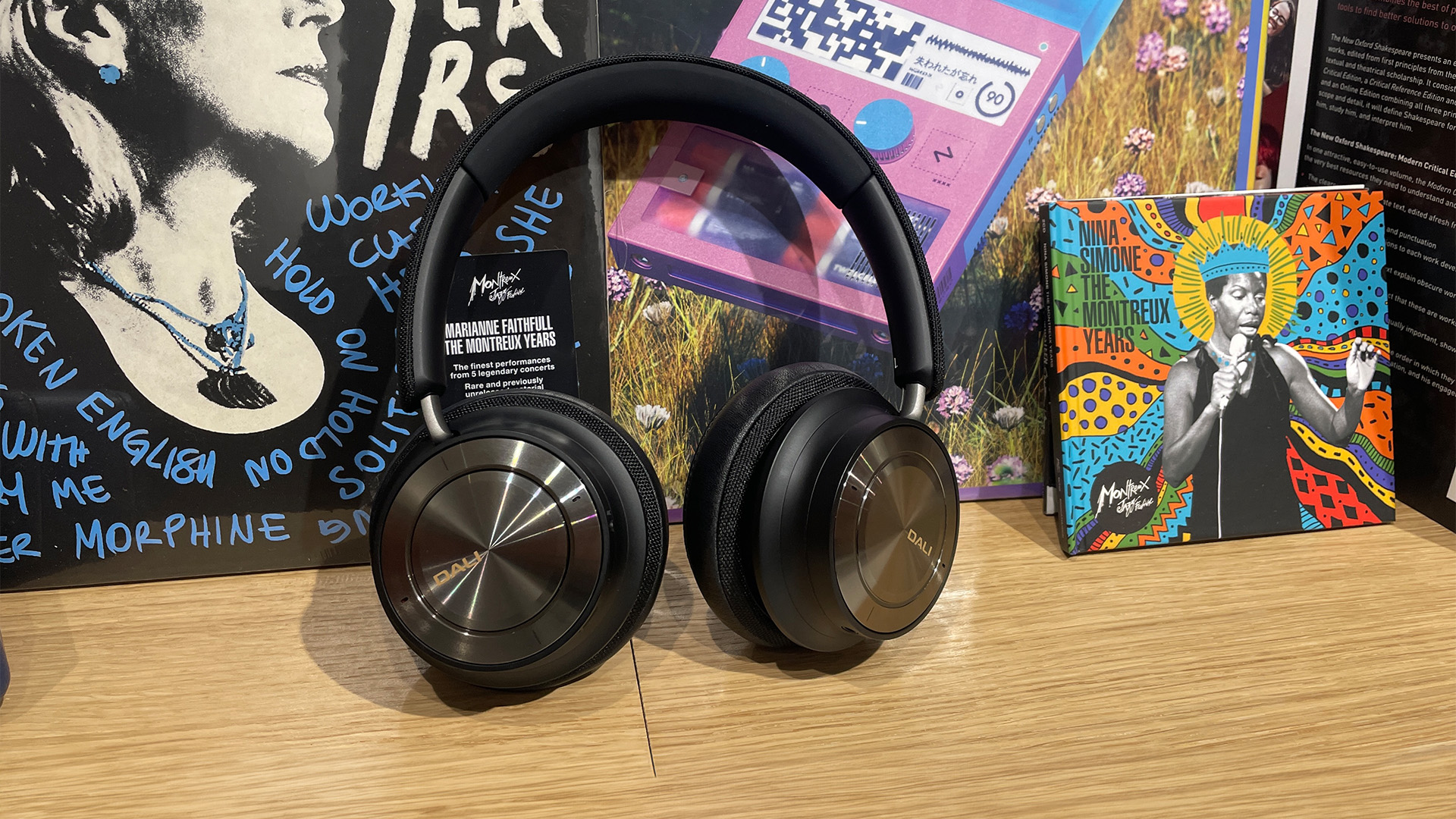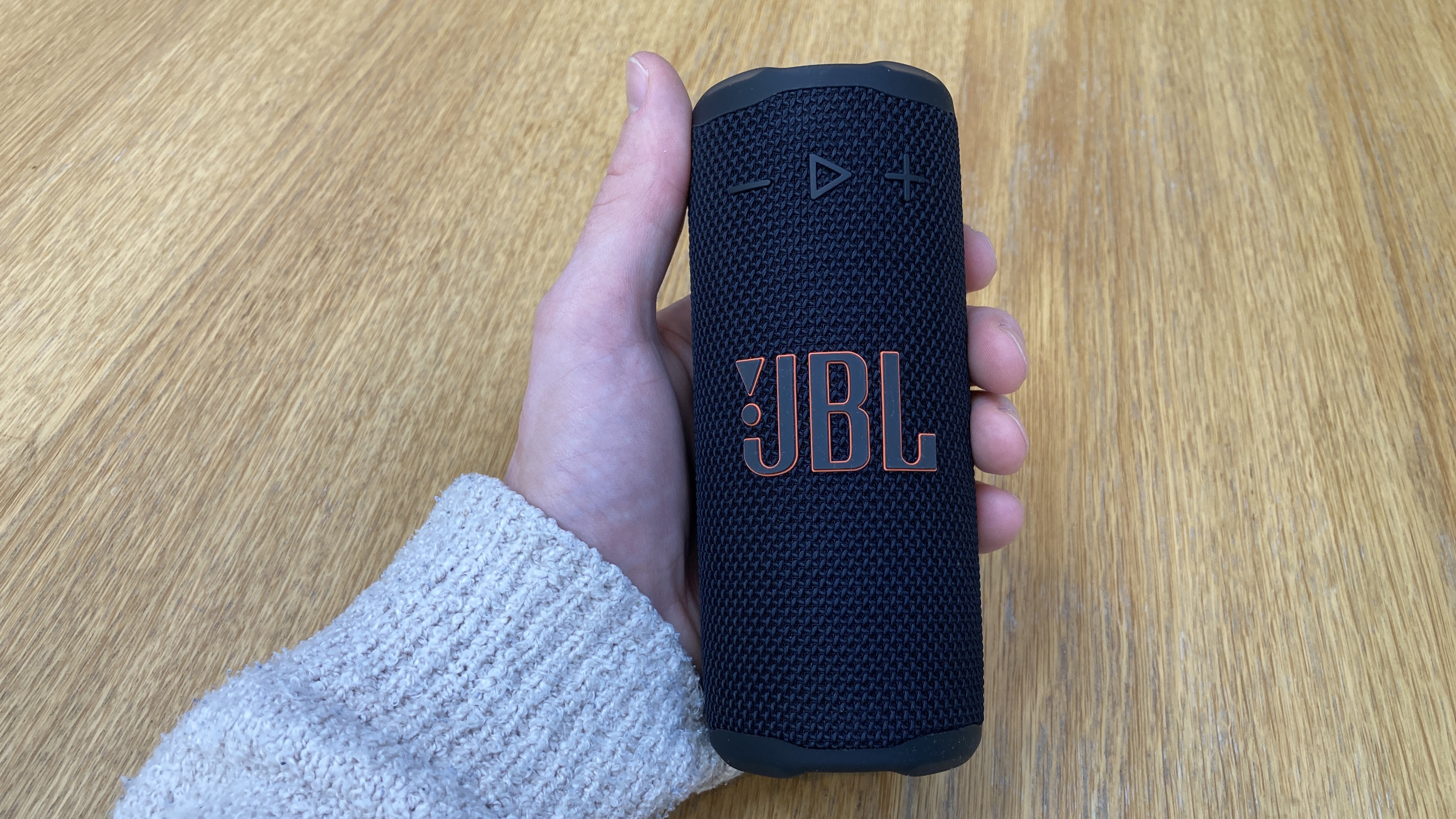What Hi-Fi? Verdict
Dali’s IO-8 is a superb effort combining competitive battery life, high-quality build and terrific sound quality
Pros
- +
Clean, crisp and detailed sound
- +
Expressive dynamics and pleasing rhythmic drive
- +
Classy build with competitive battery life
Cons
- -
Ergonomics could be better
- -
Some of the controls feel imprecise in use
- -
No control app
Why you can trust What Hi-Fi?
Many speaker companies have tried, but hardly any have succeeded in producing truly class-leading headphones. That’s something of a surprise considering just how similar the basic principles of these components are. The honourable exceptions in our experience have been Bowers & Wilkins, Focal and, after hearing the IO-8, Dali qualifies too.
Build & design
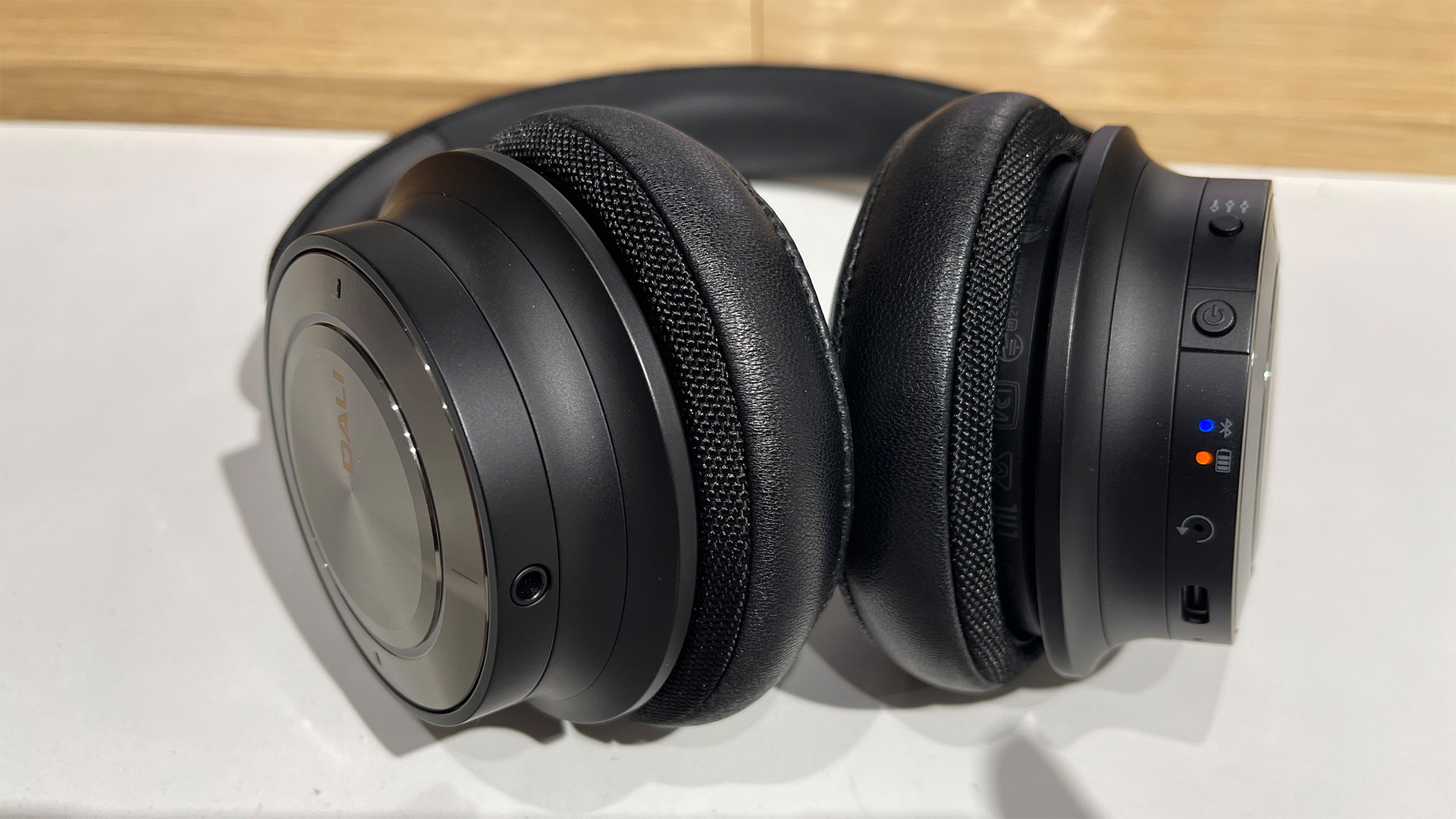
The IO-8 sit in the middle of Dali’s trio of noise-cancelling wireless headphones. They are nicely made and use a classy mix of metal, textile and high-quality leather to give a solid aura of luxury. Battery life is competitive with a claimed 35 hours of playback with noise cancelling off and only a small drop-off to 30 hours with it on. This is on par with rivals such as the Bowers & Wilkins Px8, Focal Bathys and the Mark Levinson No. 5909.
At the heart of these headphones is a relatively large 50mm paper/wood fibre driver. Dali has long used this kind of diaphragm material in its speakers, citing low weight, rigidity and good self-damping as benefits. The IO-8 tick the important boxes as far as codec compatibility is concerned and support the higher-quality aptX HD and aptX Adaptive alongside standard AAC and SBC codecs.
Comfort
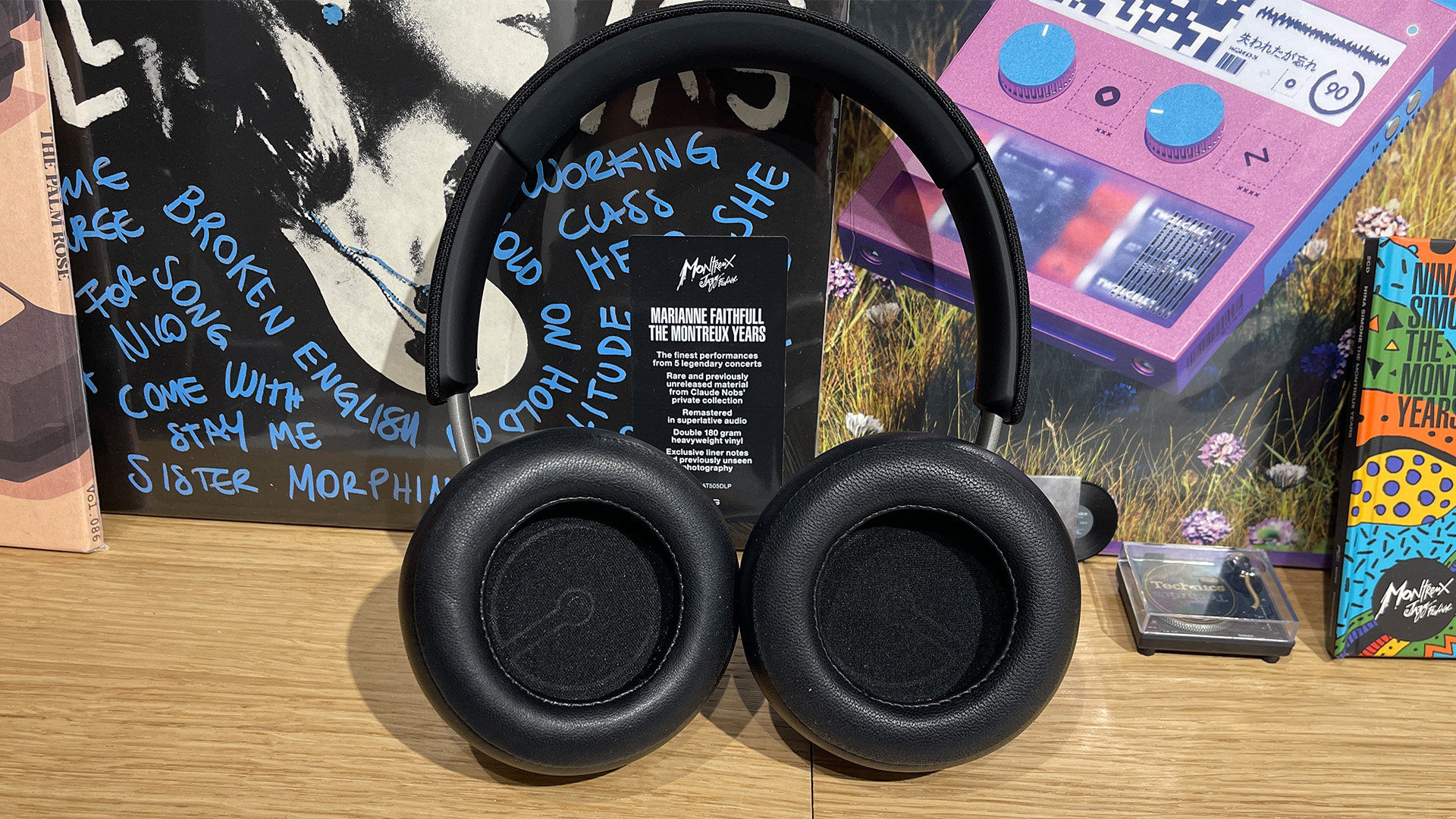
They are comfortable for the most part too, with a sensibly shaped headband and nicely-judged padding on the earcups. There are two finish options: Iron black and Caramel white, and both look smart to our eyes. As we walk along, these headphones don’t resonate along with our footsteps as some rivals do, which points to a well-designed structure.
However, those with larger ears may find that the circular earpads aren’t quite big enough to go around them properly, so press down on the base of the ear lobe, which can cause discomfort over longer listening sessions. Ideally, we would like Dali to change to an oblong earpad shape that most rivals employ to avoid this issue. There is no problem with weight, which at 325g is fine.
Features
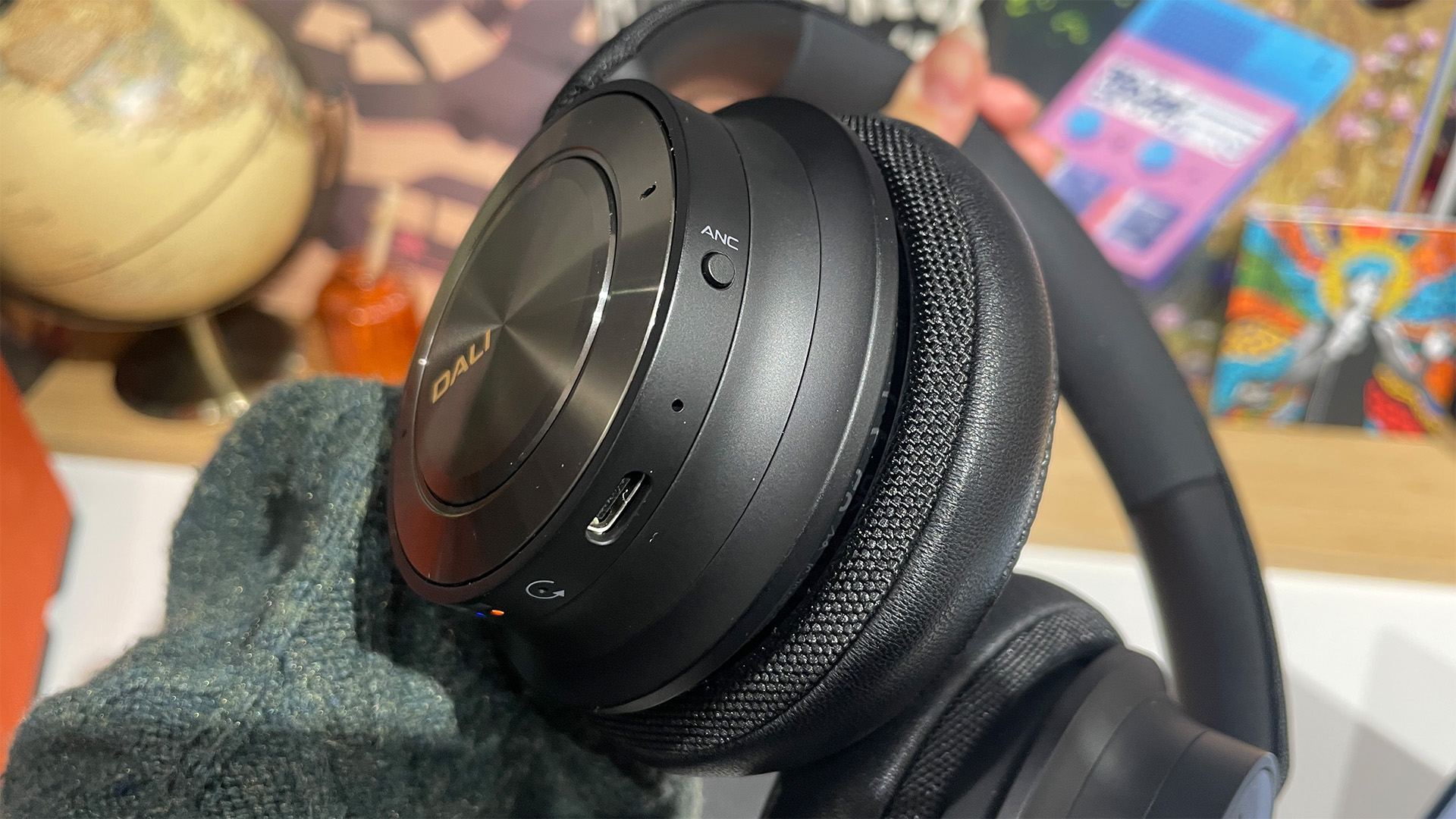
The IO-8 doesn’t have an app; Dali prefers the simplicity of use that physical buttons provide. There are buttons for power, cycling through modes (noise cancelling on/off and transparency) and bass boost. The press of any of these buttons is followed immediately with clear voice prompts so that you always know what the headphones are about to do. The lack of a dedicated app does mean that the IO-8 don’t quite have the flexibility of some rivals as regards the finer points of set-up – more subtle tonal adjustments, adjustable active noise cancelling (ANC) and auto-pause and power-off functionality come to mind – but on the whole, we can live with that.
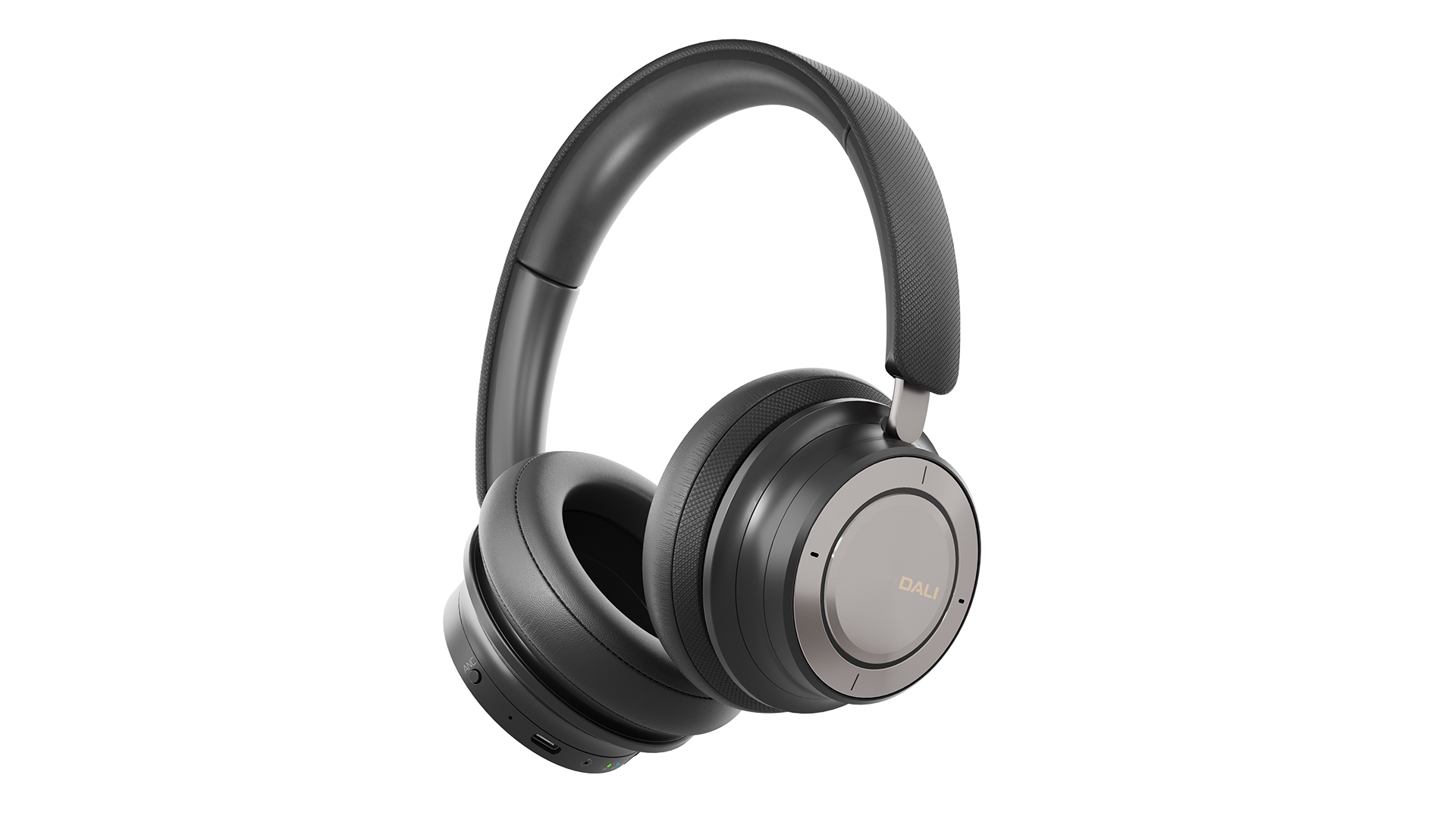
Bluetooth? Yes, 5.2
Codec support SBC, AAC, aptX, aptX HD, aptX adaptive
Battery life 30hrs (with ANC)
ANC? Yes
Transparency mode? Yes
Built-in mic and controls? Yes
Cable length 1.0m
Finishes x 2 (Iron Black, Caramel White)
Weight 325g
While we have no issue with the brand going for physical buttons over an app, we feel there are areas of usability where these headphones could be better. The position of the various buttons isn’t intuitive and they feel imprecise. Volume and stop/start are controlled by the circular metal sections on the outside of the right earcup. These feel classy to the touch, but like the other buttons have a vague action, and in the case of the volume control could do with a larger area to press. Too often we end up stopping a track (because the controls are too close) rather than changing the volume level.
The latest hi-fi, home cinema and tech news, reviews, buying advice and deals, direct to your inbox.
As for active noise cancelling, we find the IO-8 excellent. They are better than both the Bowers & Wilkins Px8 and Mark Levinson No. 5909 for taking out train and bus noises on our daily commute and don’t have that unpleasant ‘suck-out’ feel when doing so. They are particularly good at taking out low-frequency rumbles and don’t overreact to short, sharp transients such as traffic or train doors closing as some rivals can. Wind noise too is suppressed in a better way than most manage.
Connection to our iPhone is swift and fuss-free. The lack of an app means that we are up and running in less than a minute. It doesn’t take much longer than that to realise that the IO-8 are terrific performers. Our previous experience with Dali’s efforts has been good but there were always areas of the sound that we wanted to be better, specifically bass punch and overall dynamics.
Sound
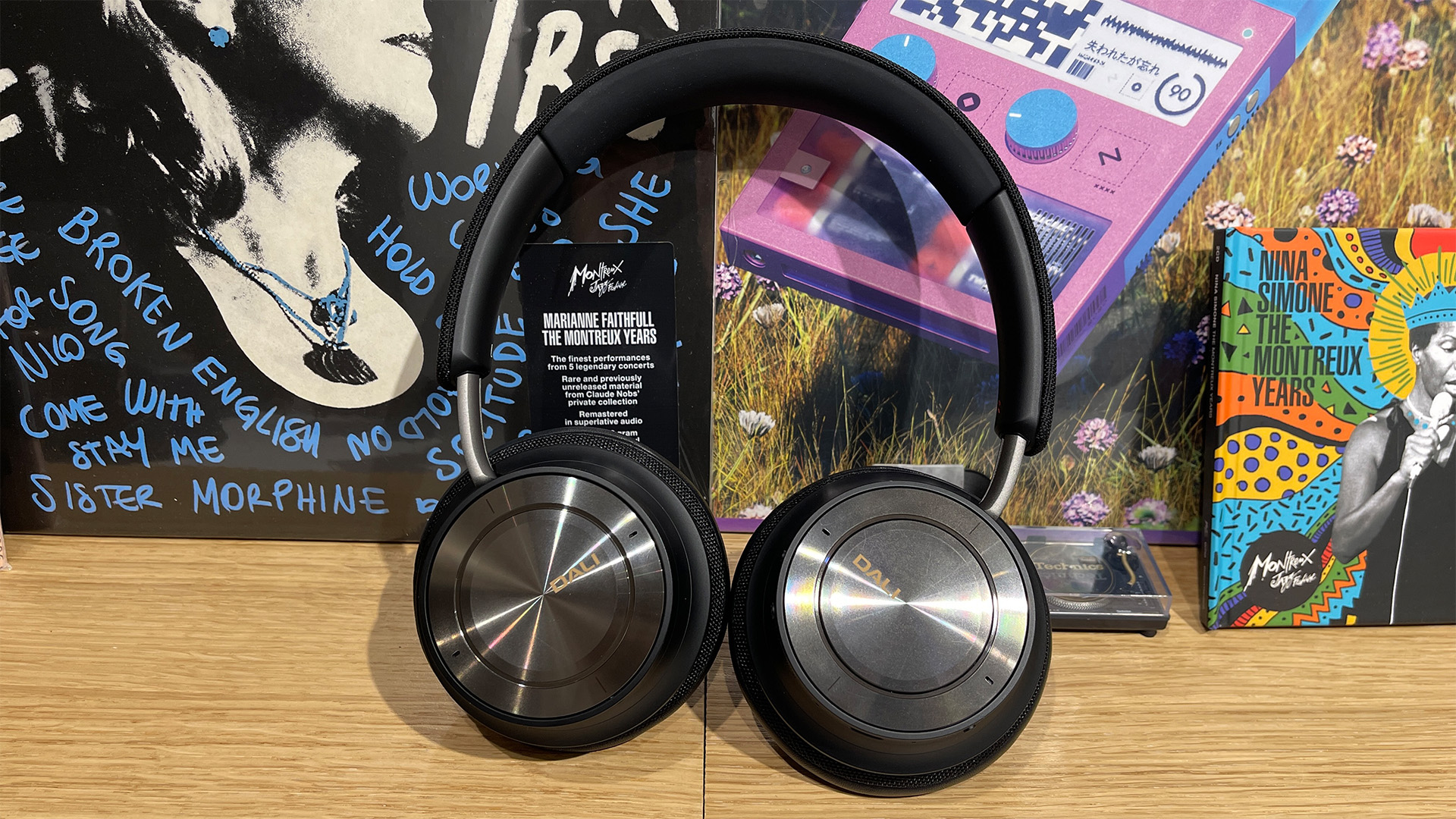
We’re not after the gratuitous amounts of bass the boost button offers though, as that simply unbalances the sound. What we want are taut, powerful and articulate lows that are in balance with the rest of the frequency range. That’s what the IO-8 in non-bass-boost mode gives us. These headphones differentiate the layers of low-frequency textures of a track like Massive Attack’s Angel better than any rival we’ve heard. They have plenty of punch, but it is also balanced by control and composure. These headphones also excel at communicating the insistent, almost unstoppable rhythmic momentum of this track. When it comes to rhythmic drive and dynamics in general, we have heard little at this level that can worry the IO-8.
The good news continues with excellent detail resolution. These headphones pick out low-level details with ease and present them in a crisp and clean manner. They can track subtle instrumental strands in a complex mix yet still maintain the organisation that keeps everything sounding cohesive.
As we work our way through our music collection from Nick Cave & Warren Ellis’s The Road OST to Sarah Vaughan’s rendition of Misty and Prince’s Sign O' The Times set, it is clear that the IO-8 are superb all-rounders. They are well-balanced tonally, provided you leave that bass boost feature off, but also deliver a level of insight and dynamic expression that puts them among the best at the price. We love the finesse of their midrange and the way they render instrumental and vocal textures, while the top end has a blend of bite and refinement that’s spot-on. Their broad spread of talents means that they don’t favour any particular genre of music and are as interesting to listen to at low volume levels as they are high.
Call quality is respectable, showing a decent amount of clarity and the ability to cut through a fair amount of background noise. These Dalis are broadly on the same level as the competition in this respect. The company claims to have worked hard to make these headphones sound good when used wired. They come with a 3.5mm to 3.5mm cable as well as a USB Type A to USB Type C. Regardless of the connection, the IO-8 retain the crisp, clean and clear character we so like when we use the headphones wirelessly.
Verdict
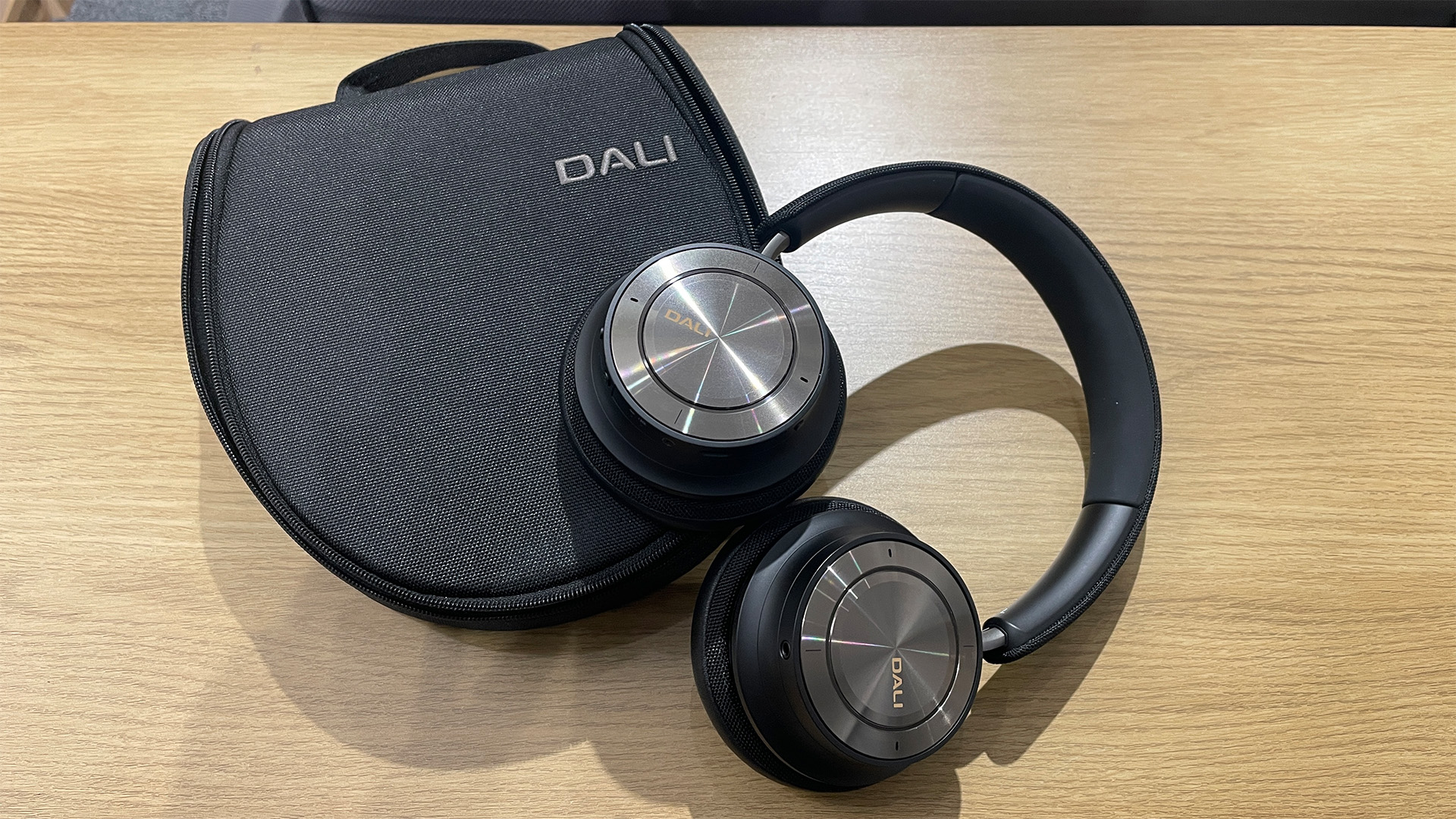
Dali’s core business may be based around an extensive range of hi-fi speakers but the IO-8 shows that the company has plenty to offer the premium wireless headphones sector. Sure, we have some small ergonomic quibbles, but when it comes to performance and build quality these headphones are top-class.
First reviewed: January 2025
SCORES
- Sound 5
- Build 5
- Features 4
MORE:
Read our review of the Bower & Wilkins Px8
Also consider the Focal Bathys
Read our Mark Levinson No. 5909 review
Best wireless headphones: reviewed and rated by our in-house experts
What Hi-Fi?, founded in 1976, is the world's leading independent guide to buying and owning hi-fi and home entertainment products. Our comprehensive tests help you buy the very best for your money, with our advice sections giving you step-by-step information on how to get even more from your music and movies. Everything is tested by our dedicated team of in-house reviewers in our custom-built test rooms in London, Reading and Bath. Our coveted five-star rating and Awards are recognised all over the world as the ultimate seal of approval, so you can buy with absolute confidence.
